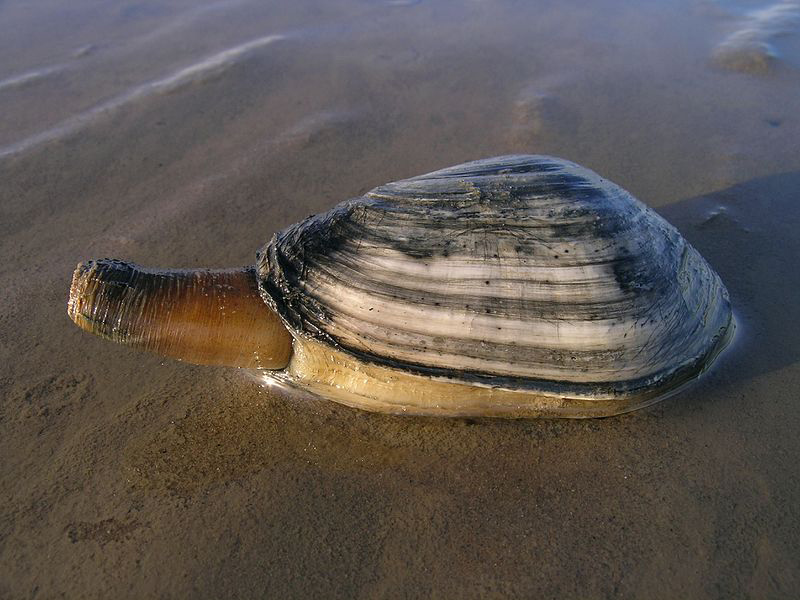On top of the how-to, where-to fishing info found at FishTalk, you may have noticed that we usually try to include at least one feature article in every edition that has an environmental and/or fisheries management slant. We feel that this is important, first because we know it’s a big issue to anglers and second because without a well-educated public, it’s impossible to find the political support necessary for smart and effective environmental and fisheries management regulations. This month, however, we find that FishTalk is so chock-full of hard-core fishing info that we don’t have room for such an article. I figured I’d fill that gap by pointing out an issue that gets zero attention from the press, the public, and the politicians: the Chesapeake Bay soft shell clam debacle.

Soft shall clams are otherwise known as mannos, manninos, steamers, whole-bellies, long-necks, and — thanks to an unfortunate tendency to squirt water out of their siphon when disturbed – piss clams. If you’ve never heard of them don’t feel bad. People who have lived in Chesapeake country for their entire lives have probably been exposed to manninos, and some will have tried eating them, but a huge proportion of the people in the Mid-Atlantic region will respond with a quizzical look when asked about these creatures. Without a doubt this is at least partially attributable to bad PR. Even people who hate slurping oysters (there are more of ‘em than you might think) know plenty about an oyster’s role in the ecosystem. But soft clams? They are the un-cute, anti-cuddly, no-one-cares shellfish of the Bay.
But, guess what? Soft clams are filter feeders. These creatures do the same job as those oysters, sucking in water and spitting it back out cleaner than they found it.
In the 1950s and 60s soft clam harvests averaged around 460,000 bushels a year. Over the last decade, according to DNR statistics it’s averaged under 4000 bushels per year and according to Bay Journal, was in the mere hundreds of bushels at a low point in 2013. We soft clam lovers know that they were incredibly tough to find during this time frame and when you did locate a seafood store carrying them, their price was up to $8 per pound. When I was a kid, I recall handing the guy on the side of the road a $5 bill and him handing me a half-full grocery bag of clams. My father, slightly older than me but with a slightly clearer memory, tells stories of soft clams so plentiful and inexpensive that on the charter boat he mated on they chummed with soft clams for rockfish.
Why don’t we hear any environmental organizations decrying the decline of the soft shell clam? Does no one care?
We anglers should. First, we should care because of the filtering job they do. Second, because a huge number of fish in the bay – stripers among them – feed on softshell clams and depend on them as an important food source. Third, because these creatures are not what one would expect from a lowly bivalve; they can live to be an amazing 12 years of age and may burrow over a foot deep into the bottom. Unfortunately, however, aquaculture doesn’t seem a viable alternative for this species because many believe that their thin brittle shells are simply too soft for growing operations.
In case you haven’t guessed yet, I’m a soft clam lover. A certifiable manno maniac, actually, and I’ve been ridiculed for fingering pissers as what I would pick for my final meal on planet Earth. That might make me biased, but why does it seem that no one even bothers paying any attention to this beautiful bivalve? It’s long past time to start.